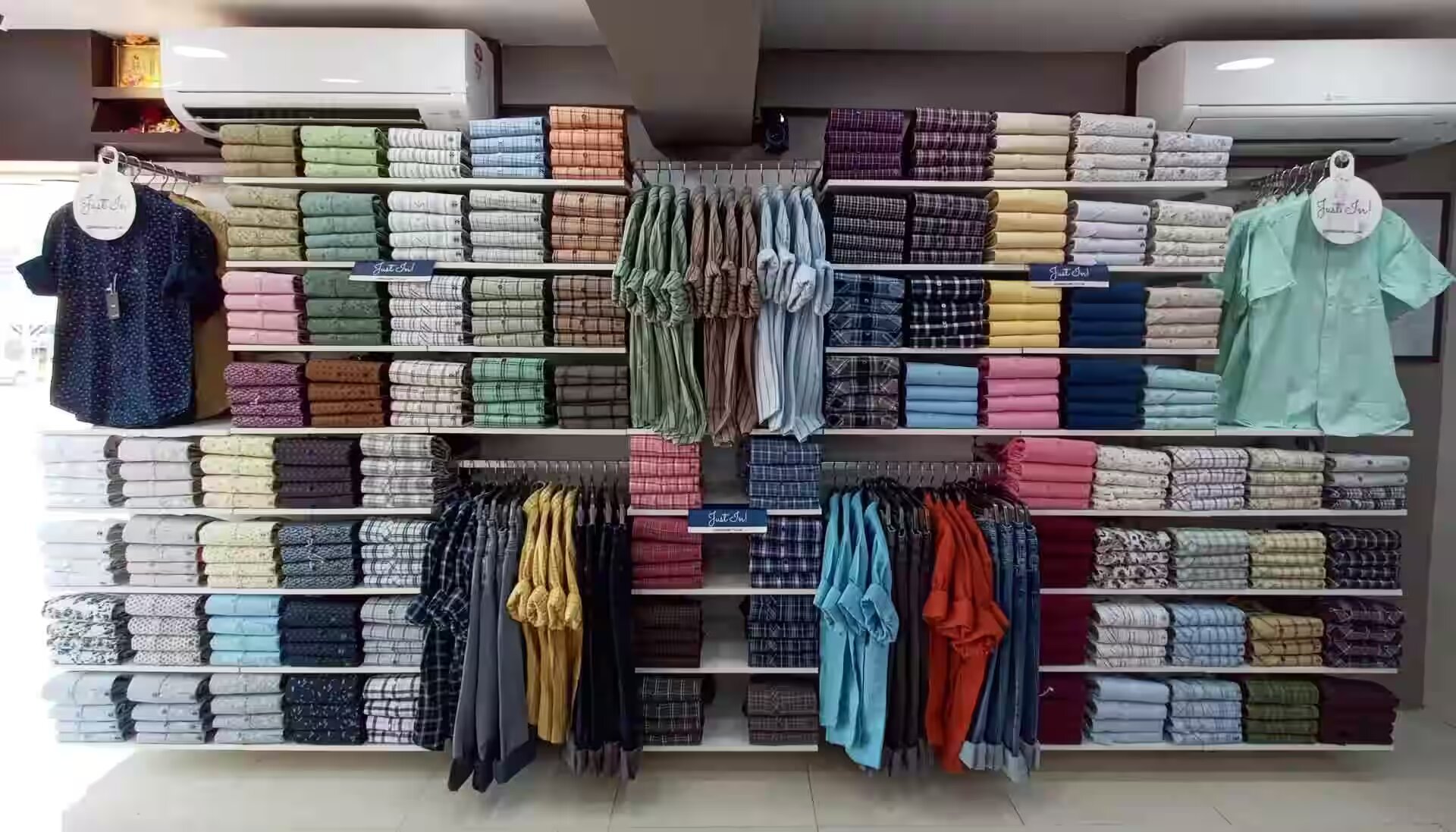Fashion is a vibrant canvas that weaves together threads of culture, history, and personal expression. Within this tapestry lies a rich assortment of garments that symbolize the diversity of our world. From the intricate patterns of a kimono to the flamboyant colors of a sari, each attire encapsulates a unique narrative, showcasing the beauty and richness of different cultures Trapstar.
In today’s globalized world, the celebration of diversity in fashion has taken center stage. It’s not just about donning clothes; it’s about embracing stories, traditions, and identities. The runway is now a platform for cultural appreciation, where designers draw inspiration from various ethnic backgrounds, infusing their collections with a myriad of influences.
One of the most enchanting aspects of this fashion fiesta is the kaleidoscope of traditional garments. Take, for instance, the elegance of the Hanbok in Korea or the regal aura of the Nigerian agbada. These garments speak volumes about heritage and customs, carrying the essence of generations within their folds. They are not just fabrics sewn together; they are living embodiments of a cultural legacy.
Moreover, the beauty of celebrating diversity in garments lies in its ability to break barriers and foster inclusivity. Fashion becomes a bridge that connects people across continents, allowing us to appreciate and respect each other’s unique sartorial heritage. It’s a celebration of unity in diversity, where a person can proudly wear a kilt, a hijab, or a huipil, transcending boundaries and embracing the beauty of plurality.
The rise of cultural appreciation in fashion also highlights the importance of representation. Seeing models from various ethnic backgrounds and body types on the runway or in campaigns is empowering. It sends a powerful message of acceptance and acknowledgment that beauty comes in diverse forms, sizes, and colors.
Moreover, this celebration of diversity is not confined to high fashion runways; it permeates into everyday style. Individuals around the globe incorporate elements from different cultures into their wardrobes, whether it’s a touch of African print in an accessory or the elegance of a traditional Japanese obi belt.
However, while celebrating diversity in fashion, it’s crucial to do so respectfully. Cultural appreciation should not morph into cultural appropriation, where elements of a particular culture are used without understanding their significance or history. It’s vital to honor and acknowledge the origins and meanings behind these garments, ensuring that their essence is preserved and respected.
As we continue to navigate the ever-evolving landscape of fashion, let us revel in the beauty of diversity in garments. Let us celebrate the vibrancy of cultural attires, recognizing them as more than just fabric and stitches but as embodiments of heritage, stories, and identities. Fashion becomes a canvas upon which we paint a narrative of inclusivity, unity, and reverence for the rich tapestry of our world’s cultures.
So, whether you’re donning a kimono, a kente cloth, a poncho, or a qipao, remember—you’re not just wearing a garment; you’re celebrating a legacy, embracing diversity, and making a statement that fashion is a universal language that speaks volumes about our collective human experience.
